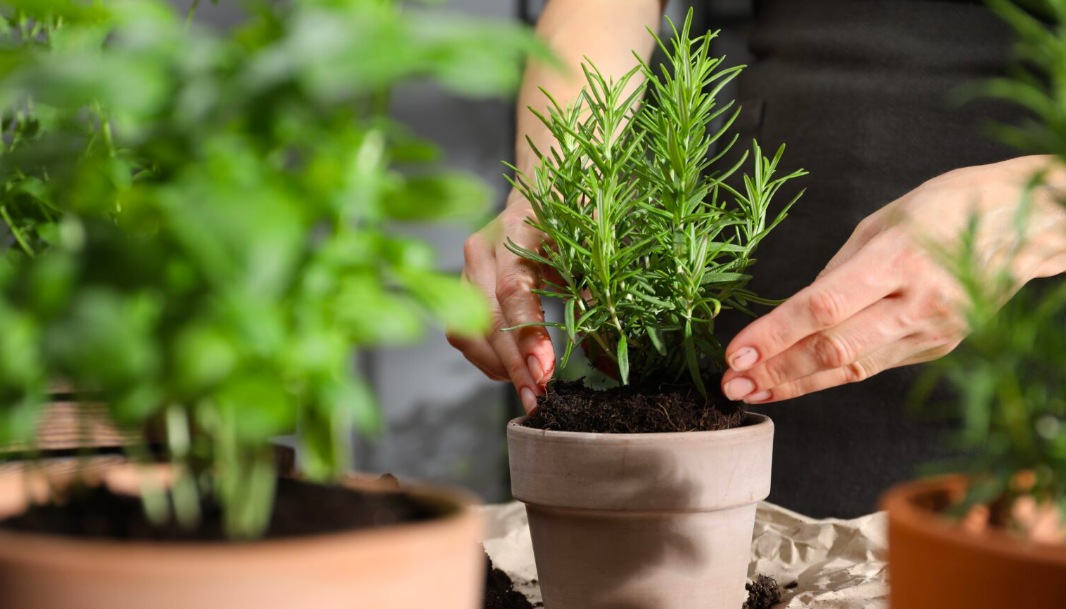As the summer heat finally recedes, it’s the perfect time to refresh your outdoor spaces. Autumn, often reminiscent of spring, is an ideal season for introducing new plants, whether on your balcony, in your garden, or through transplanting. The mild temperatures create a nurturing environment for most plants to thrive. By selecting hardy varieties that can withstand the forthcoming winter chill, you can enjoy a vibrant and inviting space until spring arrives.
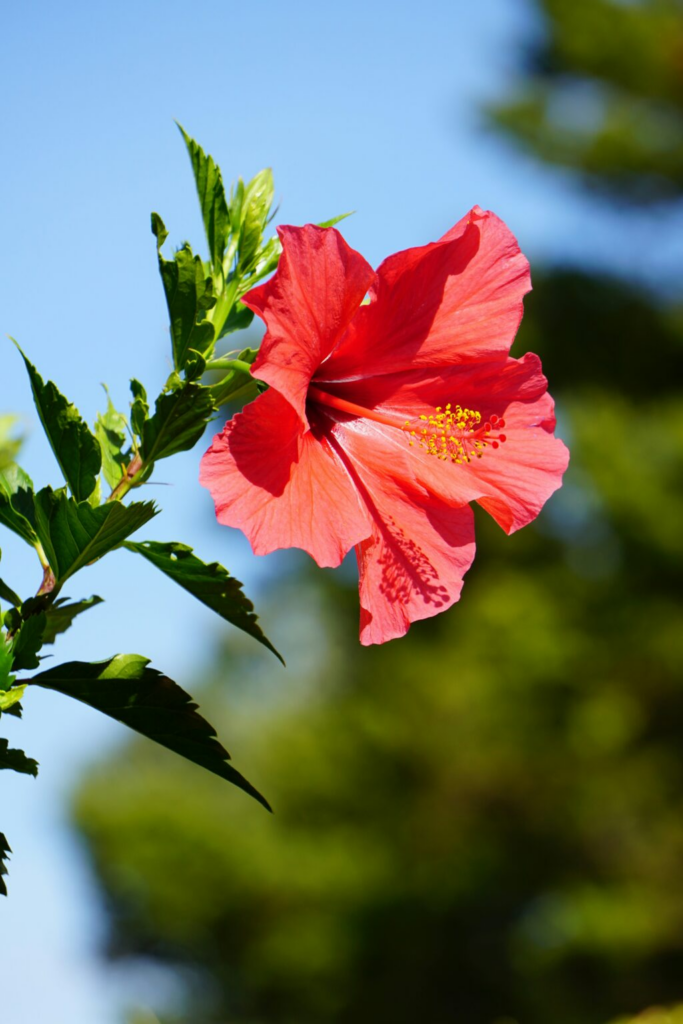
Vibrant Flowers for Your Autumn Garden
Autumn is a season of beauty, with many flowers still blooming. The Aster, with its daisy-like blooms in shades of red, pink, purple, blue, and white, blossoms from late summer through mid-fall. Another fantastic choice is the Hibiscus, known for its rich flowering, even if each bloom only lasts a couple of days. For resilience, consider the Geranium and Lantana. The latter, with its origins in Mexico, offers exotic beauty, while the Lantana can produce flowers in various hues until late November, including white, yellow, pink, red, and orange.
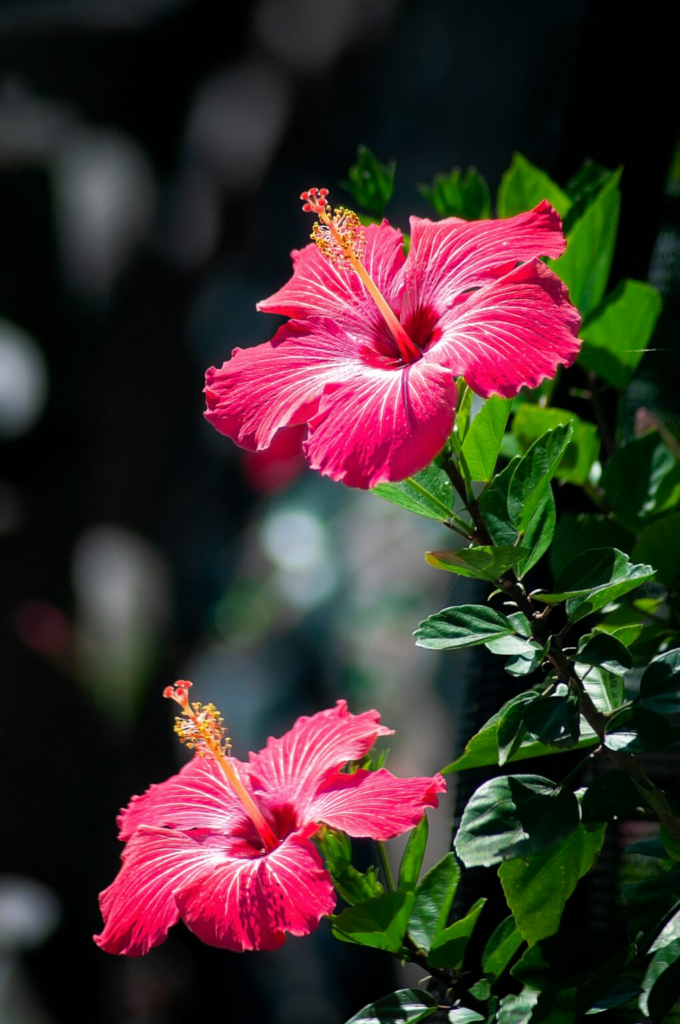
Chrysanthemums are classic autumn flowers that many might remember from their grandmothers’ gardens. With their impressive blooms and resilience, they are a staple for any autumn garden. The Marigold provides cheerful orange and yellow flowers, while the humble Pansy withstands the cooler temperatures beautifully.
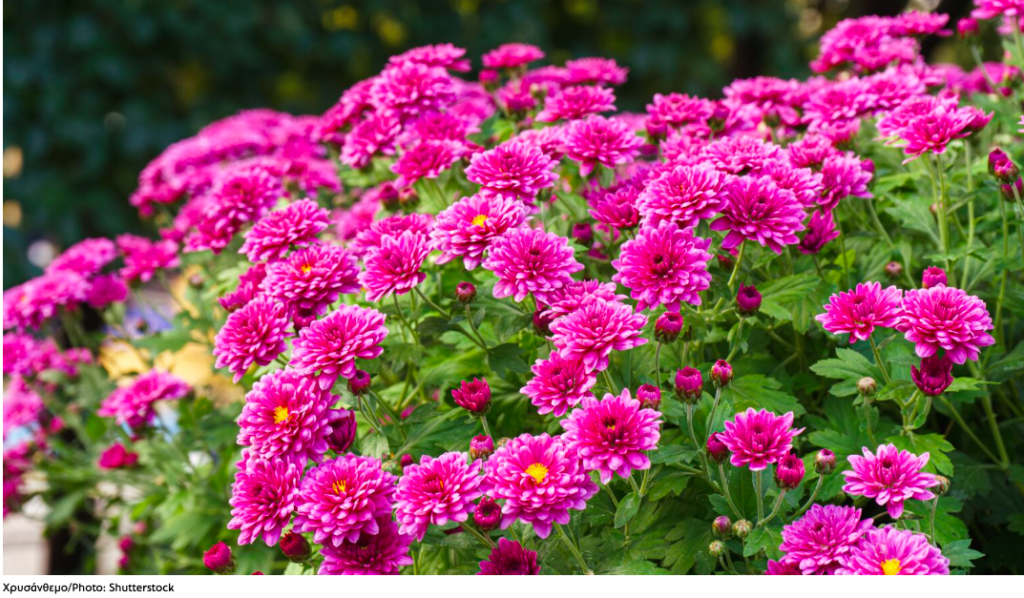
No autumn balcony would be complete without the stunning Oleander. This Mediterranean favorite features large, impressive blooms in shades of red, pink, purple, and white, adding a touch of the Greek landscape to your home. Oleander is easy to care for and is perfect for this time of year.
Also, consider planting Jasmine, a climbing plant with a sweet scent that can brighten your mood as the days shorten. Many varieties of Jasmine can thrive in your garden, patio, or balcony, producing fragrant white flowers, although some also bloom in yellow, pink, and blue without fragrance.

Aromatic Herbs with Healing Properties
Rosemary, Thyme, and Sage are three miraculous herbs that not only enhance your cooking but also make excellent additions to your autumn garden. Did you know that Rosemary can grow as tall as a person? Beyond its culinary and aesthetic value, Rosemary is considered a mild and safe antispasmodic and tonic herb, with its tea used for relieving headaches, aiding digestion, and improving blood circulation.
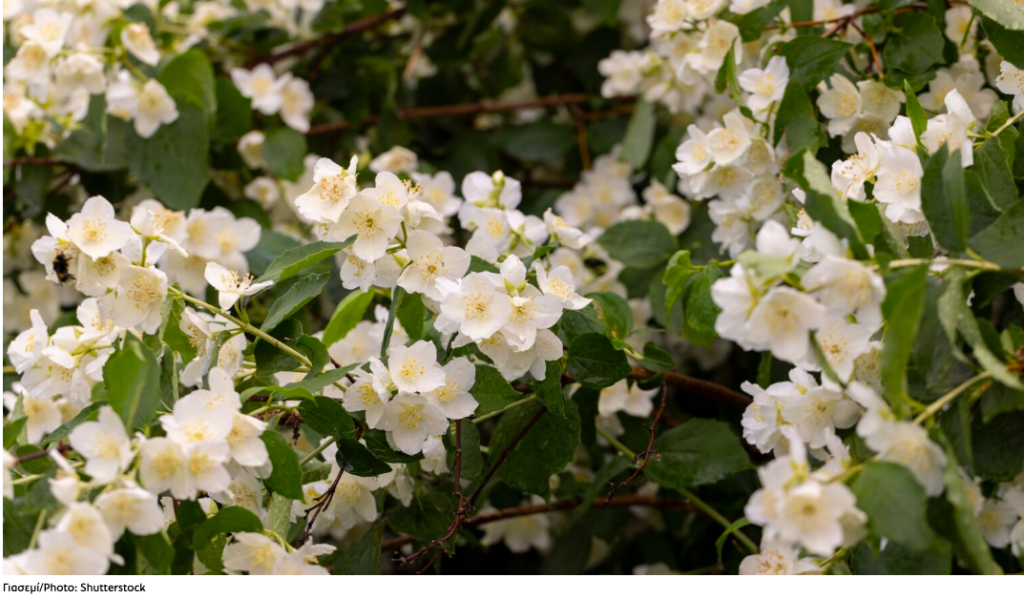
Thyme, essential for Mediterranean cuisine, is a low-growing shrub that withstands both intense heat and cold. The most common varieties include common thyme, wild thyme, and lemon thyme—all of which are fragrant and thrive in sunny or partially shaded areas. Similarly, Sage is a versatile herb with delightful purple flowers. It has been used since ancient times for its therapeutic, mildly calming, and analgesic properties.
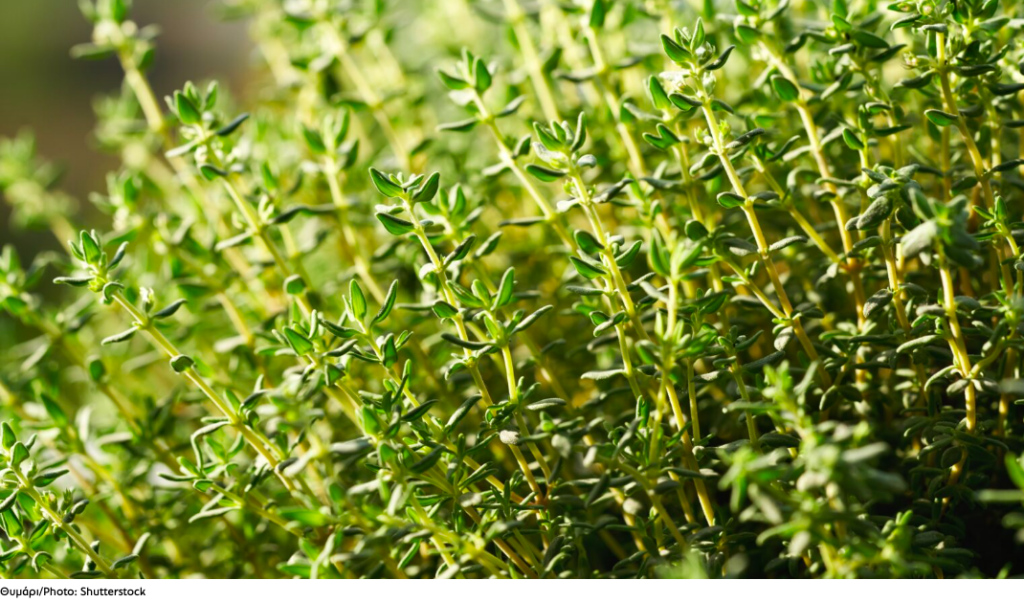
With proper care—initially requiring frequent watering after transplanting—Sage can thrive and bring beauty and utility to your space. As autumn approaches, give it a bit more distance between waterings, especially in spring and fall, while more frequent watering is essential during the summer months.
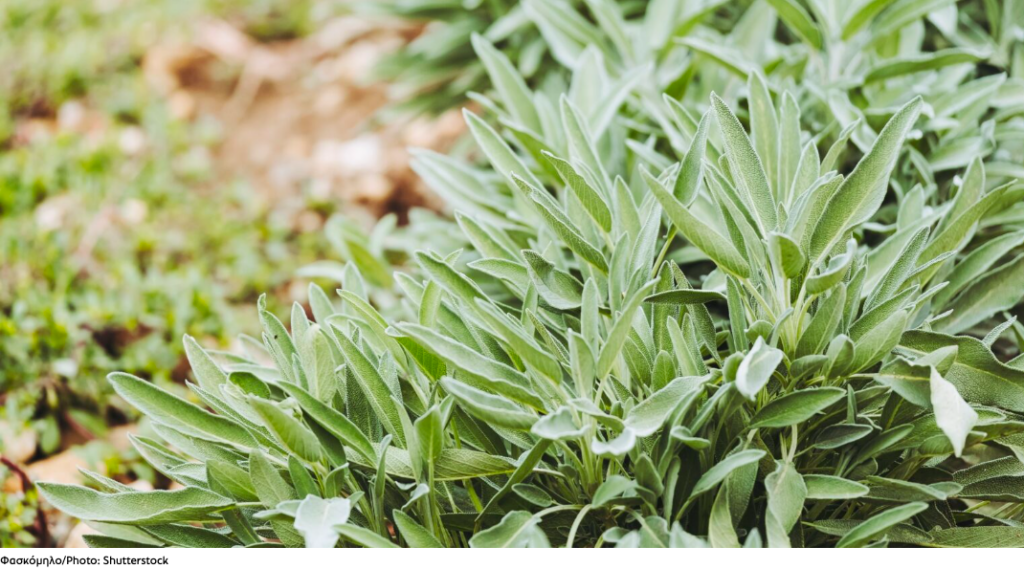
Dive Deeper into Gardening Tips!
Are you excited about transforming your balcony or garden this autumn? Explore more articles for insightful gardening tips, plant care guides, and seasonal inspiration to keep your outdoor spaces flourishing year-round!
Ask me anything
Explore related questions
